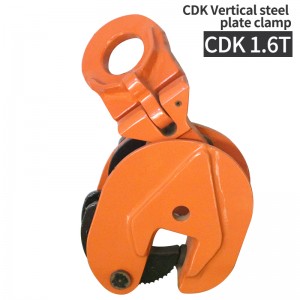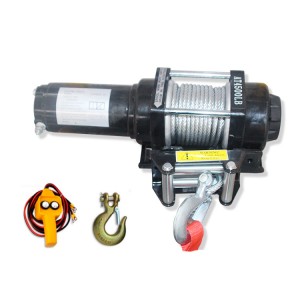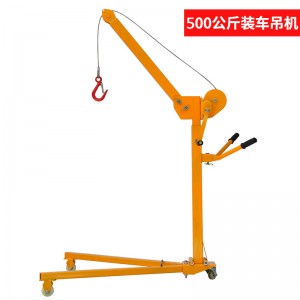The use of hoists and slings is an integral part of delivering health and social care services in the China. The benefits of using mobile hoists can outweigh the risks associated with lifting people when residents are given a care risk assessment and have a robust hoisting plan in place.
Take a look at the top 5 benefits of using mobile hoists in a care home.

Safety
Using a mobile hoist is inherently safer than relying on a caregiver to help make transitions.
For the resident, there is less chance of slipping or having a fall when using a hoist to help lifting in and out of bed, or chair as opposed to more traditional lifting methods.
For the caregiver, musculoskeletal risks are dramatically reduced and incidents of pulled muscles are reported less and less.
One common objection raised by caregivers regarding the use of hoists is that they take too long to use. Carers often say that instead they prefer just to ‘lift the person themselves’. Often this is because the person using the hoist is unfamiliar with the equipment or because it is unsuitable for the task. This can normally be easily addressed by ensuring the provision of fit for purpose equipment plus thorough training and support in its use. The careful use of risk assessments and lifting plans, as well as helping residents understand the requirements of the lifting process, can ensure that incidents and accidents are greatly reduced.
Movement
Mobility issues can make it difficult for residents to move around freely. As a result, they are less likely to do so, or the amount of time they move around can be limited. This can have an effect on their mental health, self-esteem and self-awareness.
Mobile hoists make getting around much easier on the resident and the caregiver by allowing lifting into wheelchairs and day chairs, making it easier for them to be able to move around into different areas of the care home.
Mobile hoists are designed to help lift, or transfer residents from one spot to another. They can be used to move individuals in and out of bed, from a wheelchair to a bed, in and out of chairs and onto the toilet. They ease the load and make it easier for caregivers to provide the care needed.
Social Engagement
Keeping residents talking, laughing and engaged with other residents, staff and visitors is vital. It is good for mental health, and increases both self-esteem and self-awareness. Coming together to eat meals in dining rooms can help to improve nutrition and hydration levels, as residents need the social aspect of mealtimes to stimulate themselves to eat and stay hydrated.
Playing games and activities are also good for residents and caregivers and, when together, residents will actively encourage each other to join in. This is fundamental to having lots of smiles, lots of laughter, good self-esteem and social skills.
Mobile hoists enable residents to be moved into a lounge and dining room by lifting from their bed into a wheelchair or day chair, and this can be life-changing for more self-isolated people.
Developing trust and rapport between the caregiver and the resident during the hoisting process will make it less of a chore and more of a benefit to allow the resident access to other parts of the home and to see friends and family outside in gardens and garden rooms.
Remember: the benefit of hoisting is to get residents involved more and integrated into activities, and large hoists can be intimidating so, if possible, use a smaller hoist to start the process.
Post time: Aug-22-2022






